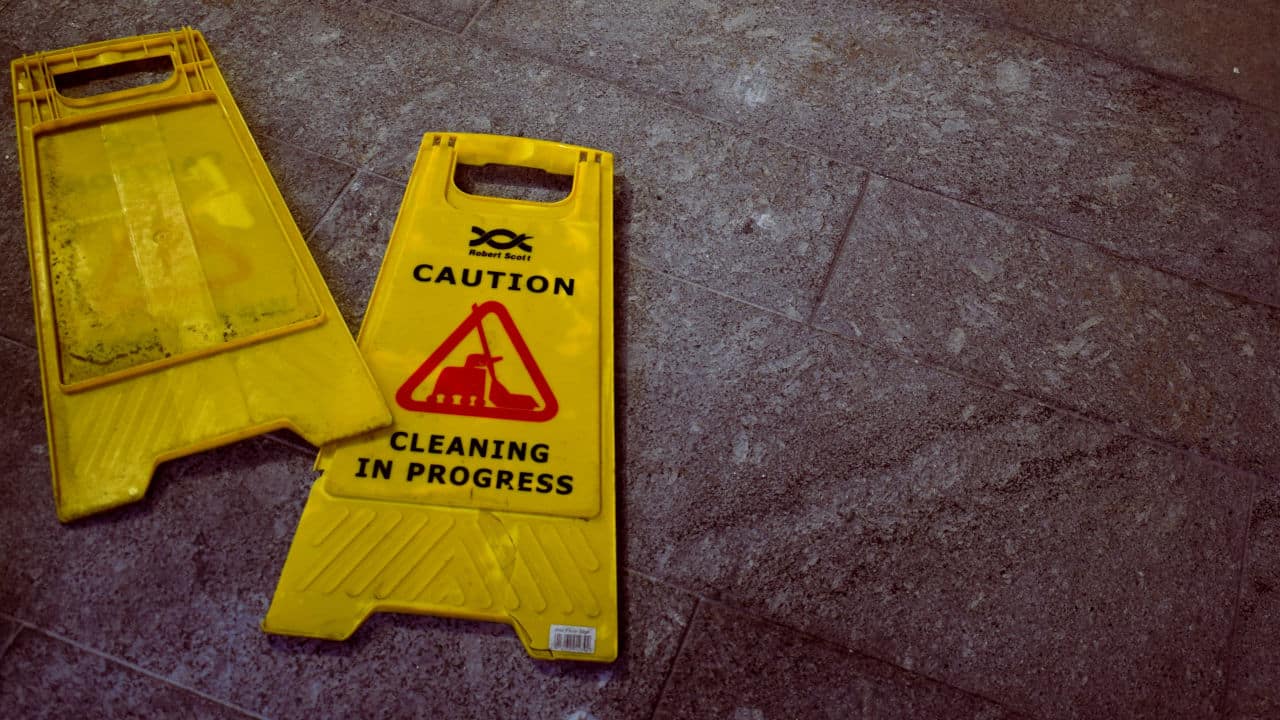Safety is an essential part of man’s everyday life. It’s crucial to observe safety measures in every aspect of life, from work to home, commuting, and something as casual as having fun. This boils down to the fact that a breach in safety standards can result in life-damaging events like injuries, death, loss of property, and means of livelihood. In order to avoid a safety breach or teach a safety procedure, some of the ways that have been employed over the years include safety animation, diagrams, signs, etc.
However, in as much as these measures are being put in place, publicized, and continually improved upon to ascertain safety, various incidents still happen due to people’s negligence of safety measures and procedures. Some of these incidents lead to court cases, and one of the means of ensuring safety, like animations, can still be used to drive home opinions by parties involved in the case.
Safety Animation As a Form of Trial Graphics
Trial graphics in the courtroom isn’t restricted to showcasing personal injuries, vehicular accidents, intellectual property, and medical animations alone. It can go further than that and be used as a form of safety animation to showcase health and safety best practices that could have been followed to avoid a case of personal injury or death.
Safety animation can be used to illustrate negligence on the part of the plaintiff or defendant leading to an injury or an accident. With safety animation, either party can present their opinion and show a step-by-step safety procedure that has been laid, which could have prevented an injury.
A plaintiff or defendant can use safety animation to showcase how the accident could have been avoided in a vehicular accident case. For example, if a car breaks down on the road, a safety best practice for the driver is to place a warning triangle at least 45meters away from the stationary vehicle to alert oncoming vehicles of danger ahead. Suppose a collision happens after the warning triangle has been clearly placed on the road. In that case, the driver can use safety animation as a form of trial graphics to illustrate that the accident was caused due to the negligence of the oncoming driver, who failed to take cognizance of the signs placed on the road.
Also, in an event where the driver failed to place a warning triangle, and an accident occurs, safety animation can be used to explain to the jury that the accident could have been avoided had the driver taken the initiative to place a warning triangle on the road.
Furthermore, in a construction accident case, safety animation can also play an essential role in proving the negligence or not of the employer or employee. It can be used to illustrate the surrounding environment and safety measures put in place to ensure the construction process goes on smoothly. Suppose an employee falls short or acts contrary to the set safety measures leading to an injury. In that case, an employer can use safety animation to prove that it’s negligence on the part of the employee by failing to follow safety procedures that caused the injury.
On the other hand, an employee can also use safety animation to explain that they followed all safety procedures, yet an injury occurred.
In conclusion, safety animation is not restricted to training employees alone. It can be used in the courtroom to aid the trial process as a form of trial graphics.






